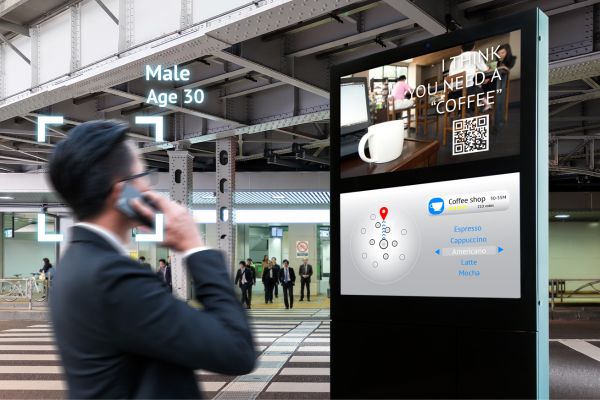The Importance of a Call to Action on Digital Signage
In the era of information overload, digital signage has emerged as a powerful tool for marketers and business-owners to cut through the noise and captivate audiences. The dynamic nature of digital signage leverages vibrant displays and multimedia content and transforms how businesses communicate with their customers.
However, to truly harness the potential of digital signage, one component is critical: the call to action (CTA). Below, we elaborate on the importance of a call to action on digital signage.
Why Is a Call to Action Critical in Digital Signage?
A call to action isn’t just a suggestion; it’s a strategic imperative. A CTA is your virtual salesperson to guide customers through their journeys, influence their behaviors, and prompt decisive actions. Without a clear CTA, even the most visually stunning digital displays may fail to achieve their intended outcomes and render them missed opportunities for engagement and conversion.
The Art of Engaging Your Audience
Digital signage captures attention, but the compelling CTA clinches the deal. The overarching conversion secret is balancing eye-catching visuals with clear, concise messaging. This synergy ensures that the visuals draw in viewers while the message’s clarity directs them towards the desired action. Incorporating compelling offers or incentives further sweetens the deal, encouraging your audience to act upon its impulse.
The Power To Drive Conversions
A main objective and benefit of integrating digital signage is driving conversions. An effective CTA captures attention and converts that fleeting interest into concrete actions, whether it’s making a purchase, signing up for a newsletter, or visiting a website. By directing viewers towards the next steps, CTAs boost customer engagement and enable businesses to measure their returns on investment through their digital signage content.
Crafting Effective Calls-to-Action
Consider the placement and visibility when you’re crafting a CTA to ensure it resonates and converts. A CTA relegated to a corner is like a billboard in a desert, seemingly significant yet effectively invisible.
Language plays a pivotal role as well. Use action-oriented verbs and persuasive phrases that inspire urgency, exclusivity, or curiosity. Lastly, embrace the practice of A/B testing to continually optimize your CTAs and refine them based on real-world response and engagement data. A/B testing is an effective way to assess two versions of something to determine which variation performs better.
Learning From Successful Strategies
Successful businesses recognize the power of well-crafted CTAs within their digital signage strategies. Case studies abound where simple tweaks to a CTA have revolutionized customer response rates and dramatically increased sales. These inspiring examples should serve as beacons and illuminate the path to your digital signage success.
Recognizing and Rectifying Common Mistakes
While digital signage offers tremendous benefits, its efficacy is not immune to common pitfalls. A common mistake you should avoid when creating digital signage is overloading the screen. Too much information can confuse viewers and dilute the message’s impact. Likewise, neglecting the importance of design hierarchy can cause your CTA to become lost in a visual labyrinth and fail to stand out as the focal point of your content.
Taking a step back to evaluate your digital signage from the viewer’s perspective can illuminate the strengths and weaknesses of your strategy. A compelling CTA is the cornerstone that transforms passive viewing into active engagement. The importance of a call to action on digital signage contributes to a robust business growth strategy.

